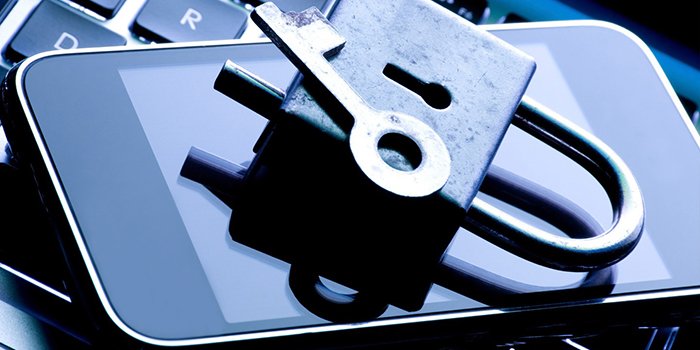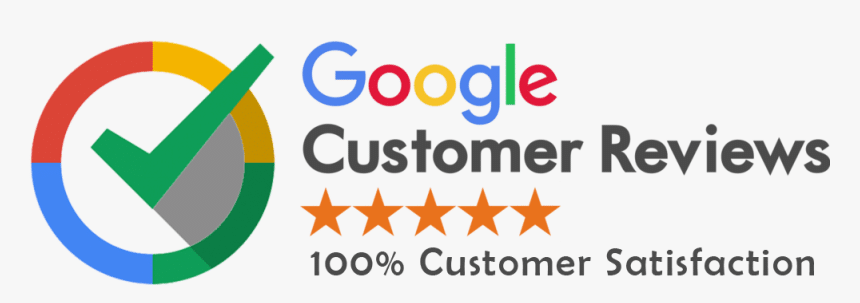Introduction:
Smart phones Playing With Your Privacy. Smartphones have become indispensable companions in our daily lives, offering convenience, connectivity, and a myriad of applications that simplify various tasks. However, the increasing integration of smartphones into every aspect of our existence raises privacy concerns. This article explores the intricate relationship between smartphones and privacy, shedding light on the challenges and solutions that individuals must navigate in the digital age.
1984 was the year when Steve Jobs released the very first version of the Macintosh computer. In the same year, the Computer Fraud and Abuse Act was also signed to keep computers away from fraud and abuse usage. Since then a lot of laws have been implemented on the usage of digital devices.
-
Data Collection and User Profiling:
- Smartphones are equipped with sensors and applications that continuously collect data, ranging from location information and app usage patterns to personal preferences. Tech companies leverage this data to create detailed user profiles, which can potentially compromise privacy.
-
Location Tracking and Geotagging:
- Location services on smartphones provide valuable features but also raise privacy issues. Apps often request access to a user’s location, leading to the creation of detailed location histories. Geotagged photos and check-ins contribute to the constant tracking of an individual’s movements.
-
Third-Party App Permissions:
- Many apps request extensive permissions, often beyond what seems necessary for their core functionality. Users may unwittingly grant access to sensitive data, such as contacts, photos, or even microphone and camera capabilities, leaving their privacy vulnerable.
-
Advertising and Personalized Content:
- The convenience of personalized content and targeted advertising comes at the cost of privacy. Smartphone platforms and apps use algorithms to analyze user behavior, preferences, and online activities, tailoring advertisements and content accordingly.
-
Biometric Data Security Concerns:
- The integration of biometric features, such as fingerprint scanners and facial recognition, enhances smartphone security. However, concerns arise regarding the storage and potential misuse of sensitive biometric data, raising questions about the balance between security and privacy.
-
Data Breaches and Cybersecurity Threats:
- Smartphones are susceptible to data breaches and cybersecurity threats. Malicious apps, phishing attempts, and vulnerabilities in operating systems can compromise personal information, emphasizing the need for robust security measures to protect user privacy.
-
Social Media and Digital Footprint:
- Social media apps on smartphones contribute significantly to one’s digital footprint. Constant sharing of personal information, updates, and location details can expose users to privacy risks, especially when not carefully managed.
-
Privacy Settings and User Control:
- Smartphone users have varying levels of awareness regarding privacy settings. Empowering users with clear and accessible controls over app permissions, data sharing, and privacy settings is crucial for maintaining a balance between smartphone functionality and user privacy.
-
Government Surveillance and Legal Frameworks:
- Issues of privacy extend beyond the actions of private companies. Government surveillance and the legal frameworks governing data collection and retention raise concerns about the extent to which individuals’ privacy is protected in the digital realm.
-
Educating Users for Informed Choices:
- Ultimately, informed decision-making by smartphone users is pivotal. Promoting digital literacy and educating individuals about the privacy implications of their choices empowers them to make conscious decisions about their digital activities and the information they share.
Conclusion:
It is strongly recommended by SMS marketing in the UAE as well. If you are storing personal information, you will need to take necessary measures to strengthen the security. Smartphones have revolutionized the way we live, but their pervasive presence raises complex questions about privacy. Achieving a balance between the convenience smartphones offer and the preservation of personal privacy requires a combination of user awareness, technological advancements, and regulatory frameworks. As we navigate the digital age, individuals, tech companies, and policymakers need to work collaboratively to ensure that smartphones enhance our lives without compromising the fundamental right to privacy.





